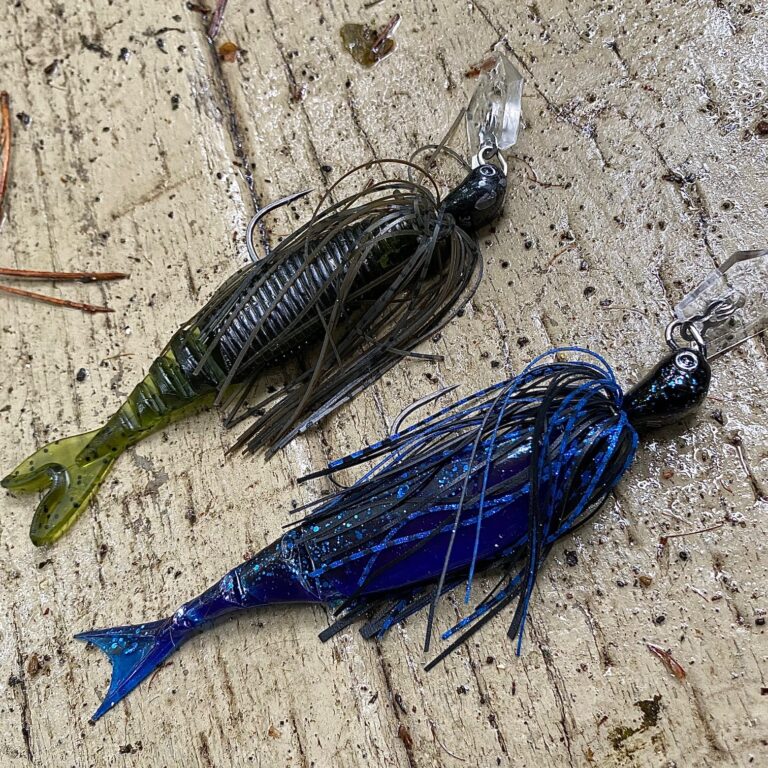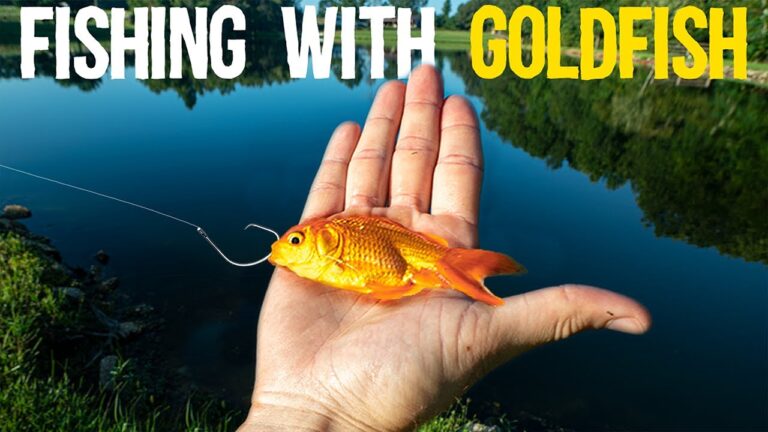How to Make Soft Plastic Lures

To make soft plastic lures, you will need basic supplies such as Plastisol, worm oil, scent, and pigment. These materials allow you to pour your own soft plastics with the desired softness or hardness.
Additionally, you can enhance the realism of your lures by adding glitter and scent. An infrared thermometer is also helpful in determining the correct plastic temperature. Soft plastic lures are typically made from plastisol, a vinyl plastic that can be manipulated to achieve different levels of softness or hardness.
Whether you are a hand-pour enthusiast or use an injection machine, soft plastic lures offer versatility and customization options for fishing enthusiasts.
Introduction To Making Soft Plastic Lures
Learn how to make your own soft plastic lures with this comprehensive guide. Discover the basic supplies you’ll need and step-by-step instructions to create custom-made lures for your fishing adventures.
| What are soft plastic lures? Soft plastic lures are artificial fishing baits made from soft, flexible material that mimics the texture and movement of real baitfish or other prey. |
| Materials needed for making soft plastic lures: Some of the basic supplies required to pour your own soft plastics include Plastisol, worm oil, scent and pigment. Glitter and scent can be added for that ultra-realistic bait, and an infrared thermometer makes quick work of determining correct plastic temperature. |

Credit: www.thefisherman.com
Methods For Making Soft Plastic Lures
Making soft plastic lures requires the right materials and techniques. Injecting the mold, heating the plastic, and adding colorants are essential steps. With supplies like Plastisol, worm oil, and pigment, you can create realistic and effective soft plastic lures for your fishing needs.
Hand Pouring Method
One method for making soft plastic lures is the hand pouring method. This involves heating Plastisol, which is a liquid plastic, to a specific temperature and then pouring it into a mold. The Plastisol can be mixed with colorants, glitter, and scent to create custom baits. An infrared thermometer can be used to ensure the correct plastic temperature. Once poured, the Plastisol needs to cool and solidify before removing the lure from the mold.
Injection Molding Method
Another method is the injection molding method. This involves using an injection mold and an injector to inject heated Plastisol into the mold. The Plastisol is heated to a specific temperature and injected under pressure into the mold, creating the desired shape of the bait. Once injected, the Plastisol needs to cool and solidify before removing the lure from the mold.
Step-by-step Guide To Hand Pouring Method
| Preparing the Plastisol |
| Mixing Colorants and Additives |
| Pouring the Lures |
| Curing and Finishing the Lures |
To hand pour soft plastic lures, you’ll need some basic supplies including Plastisol, worm oil, scent, and pigment. Glitter and scent can be added for that ultra-realistic bait, and an infrared thermometer makes quick work of determining the correct plastic temperature.
Firstly, prepare the Plastisol by heating it to the correct temperature according to the manufacturer’s instructions. Then, mix the colorants and additives to customize the lure’s appearance. This step allows you to create unique and eye-catching designs that will attract fish.
Next, it’s time to pour the lures. Use a specialized injector or a similar tool to carefully fill the mold with the Plastisol mixture. Make sure to remove any air bubbles for a smooth finish. Once poured, allow the lures to cure and finish by leaving them at room temperature or using a heat source as directed.
With these simple steps, you can create your own soft plastic lures that are sure to lure in the fish and enhance your fishing experience.
Step-by-step Guide To Injection Molding Method
Making soft plastic lures through the injection molding method involves preparing the mold and plastic before injecting the mold. Once injected, the curing and finishing of the lures is crucial for their quality. Some basic supplies needed to pour your own soft plastics include Plastisol, worm oil, scent, pigment, glitter, and an infrared thermometer for determining the correct plastic temperature.
Tips And Tricks For Making Soft Plastic Lures
When it comes to making soft plastic lures, there are a few tips and tricks that can help you create effective and realistic baits for fishing. One important aspect is choosing the right colors for your lures. Different colors can be more effective in certain conditions and for specific types of fish. Adding scent and attractants can also make your lures more enticing to fish. This can be done by using scented oils or sprays specifically designed for fishing lures. Creating lifelike details on your soft plastic lures is another key factor. This can be achieved by using molds with intricate designs or by adding small touches such as eyes or scales. Lastly, it’s important to troubleshoot any common issues that may arise during the lure-making process. This could include problems with mixing the plastic, injecting the mold, or achieving the desired consistency. By following these tips and tricks, you can make soft plastic lures that are attractive and effective for catching fish.

Credit: www.wikihow.com

Credit: m.youtube.com
Frequently Asked Questions On How To Make Soft Plastic Lures
What Is Needed To Make Soft Plastic Lures?
To make soft plastic lures, you will need supplies like Plastisol, worm oil, scent, pigment, and glitter. These materials help create realistic and customizable baits. An infrared thermometer is also useful for determining the correct plastic temperature. Soft plastic lures are typically made from plastisol, a vinyl plastic that can be adjusted in hardness by changing the ratio of resins and plasticizers.
What Material Are Soft Plastic Lures Made Of?
Soft plastic lures are made of plastisol, a vinyl plastic material. By adjusting the ratio of resins and plasticizers, the hardness of the lure can be customized.
How Do You Make Homemade Lures?
To make homemade lures, you’ll need plastisol, worm oil, scent, pigment, glitter, and an infrared thermometer. First, mix the plastisol with colorants and heat it. Inject the mold and heat again if needed. Then, pour the lure and let it cool for the finished product.
How Do You Soften Soft Plastic Lures?
To soften soft plastic lures, you can heat them using a microwave or oven. Place the lures on a microwave-safe plate and heat in short intervals until they become more pliable. Alternatively, you can place the lures in a heat-safe container and heat in an oven at a low temperature.
Conclusion
Creating soft plastic lures can be a rewarding and cost-effective endeavor for any fishing enthusiast. By using the right materials and techniques, you can customize your own bait to attract the fish you desire. Whether you’re a beginner or experienced lure maker, the process offers endless possibilities for creativity and success in your fishing adventures.





